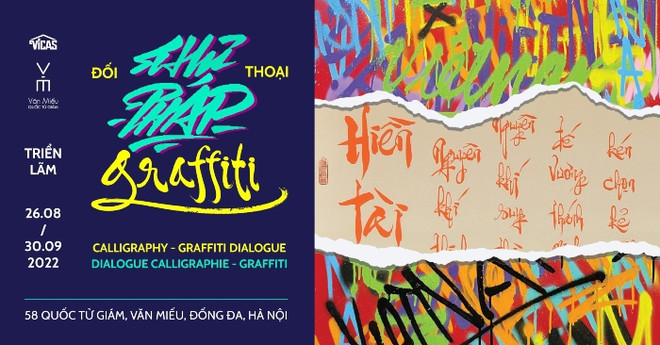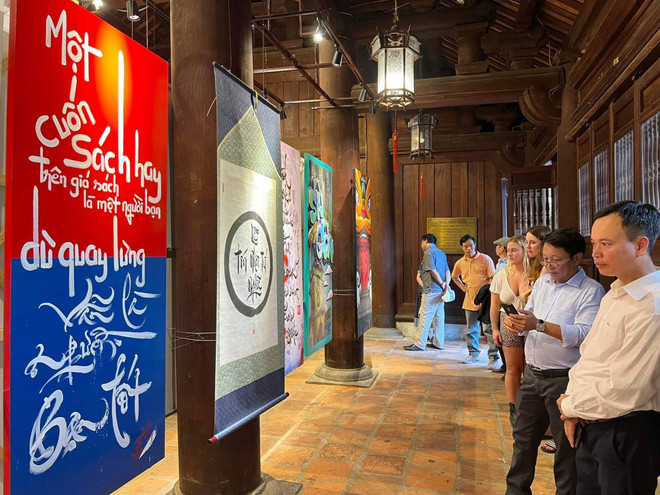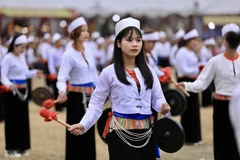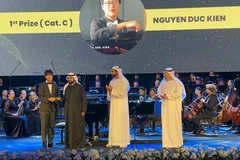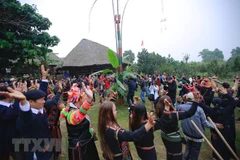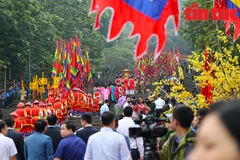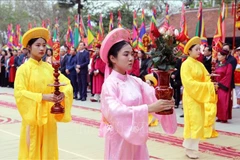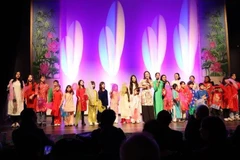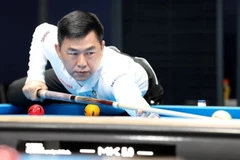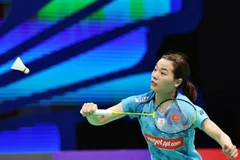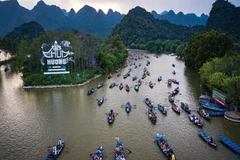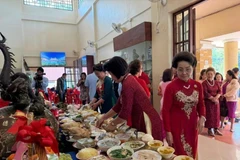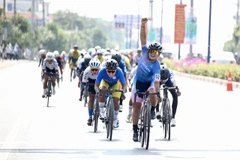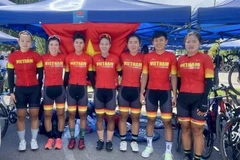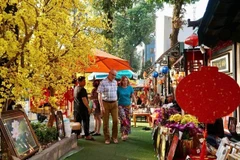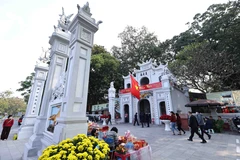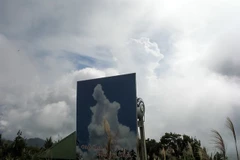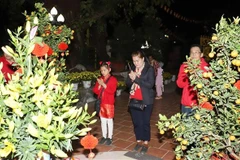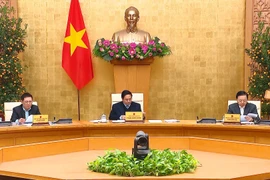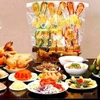Calligraphy is a form of writing formed in many countriesaround the world many years ago. In the past, it was mainly practiced amongintellectuals and literary enthusiasts. Meanwhile, graffiti represents a youngcultural movement imported from the West associated with hip-hop culture.
However, with the desire to find creative ideas, the VanMieu-Quoc Tu Giam Culture and Science Centre in cooperation with the VietnamNational Institute of Culture and Arts Studies have implemented the project “Calligraphy– Graffiti Dialogue” over the two past months.
Vietnamese calligraphers and graffiti artists across thecountry have worked together to produce works that show the"dialogue" between the two art forms.
The exhibition featured 39 works of calligraphy andgraffiti. The works are arranged like a story about two people with differentpersonalities and the dialogue which brings them together to empathise andshare with each other.
Through the exhibition, the organisers want tocreate conditions for the public to access contemporary art created ontraditional culture from the perspective of the young generation, said Directorof the Van Mieu-Quoc Tu Giam Culture and Science Centre Le Xuan Kieu.
The exhibition will open to the public until September 30./.
